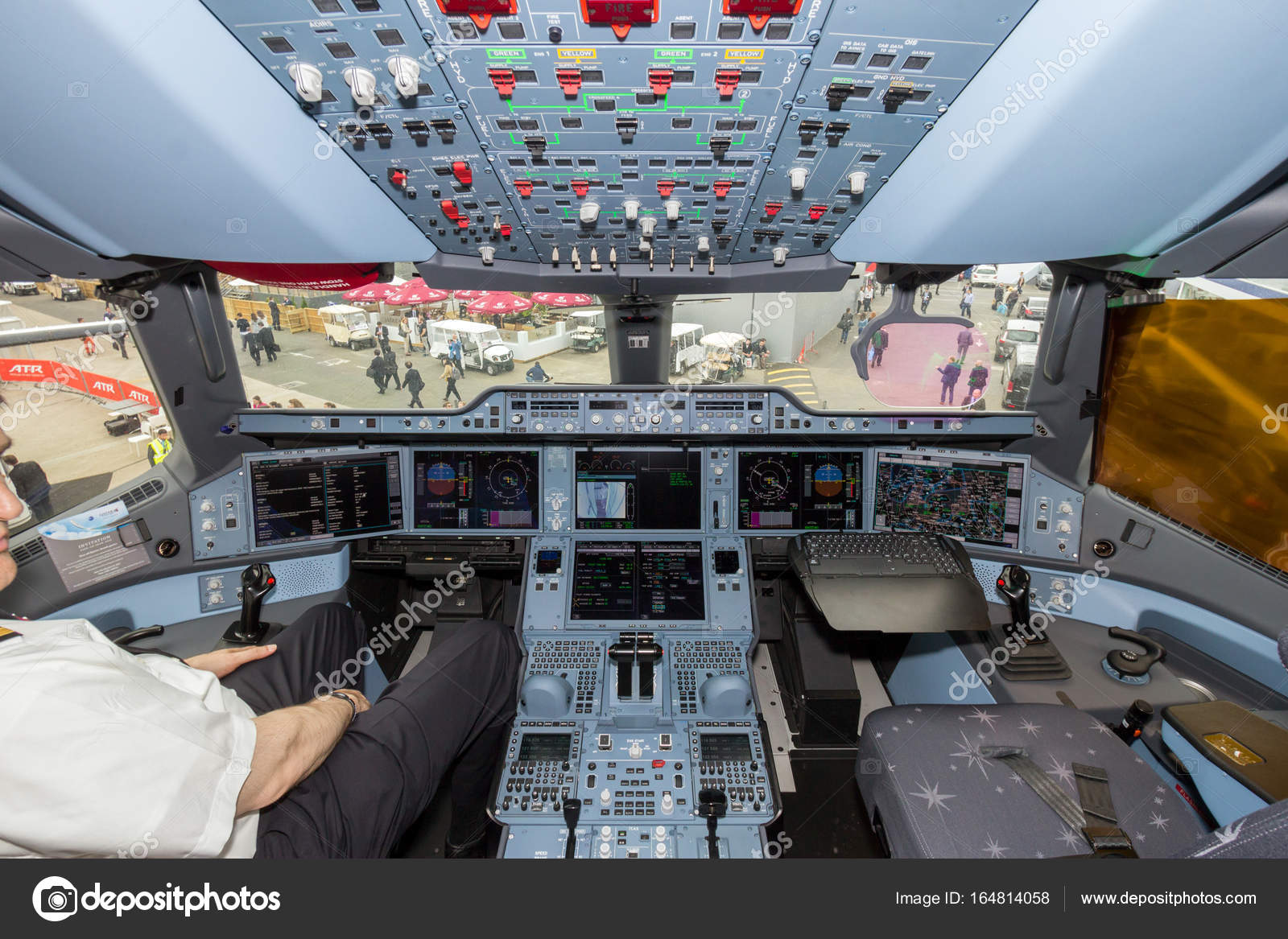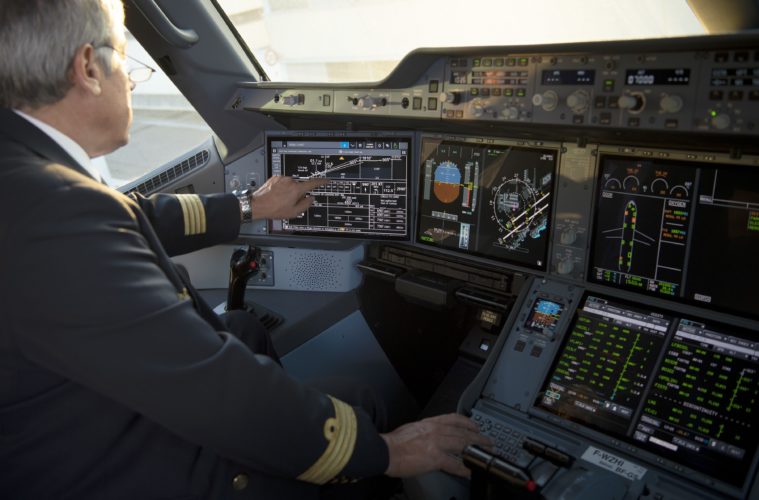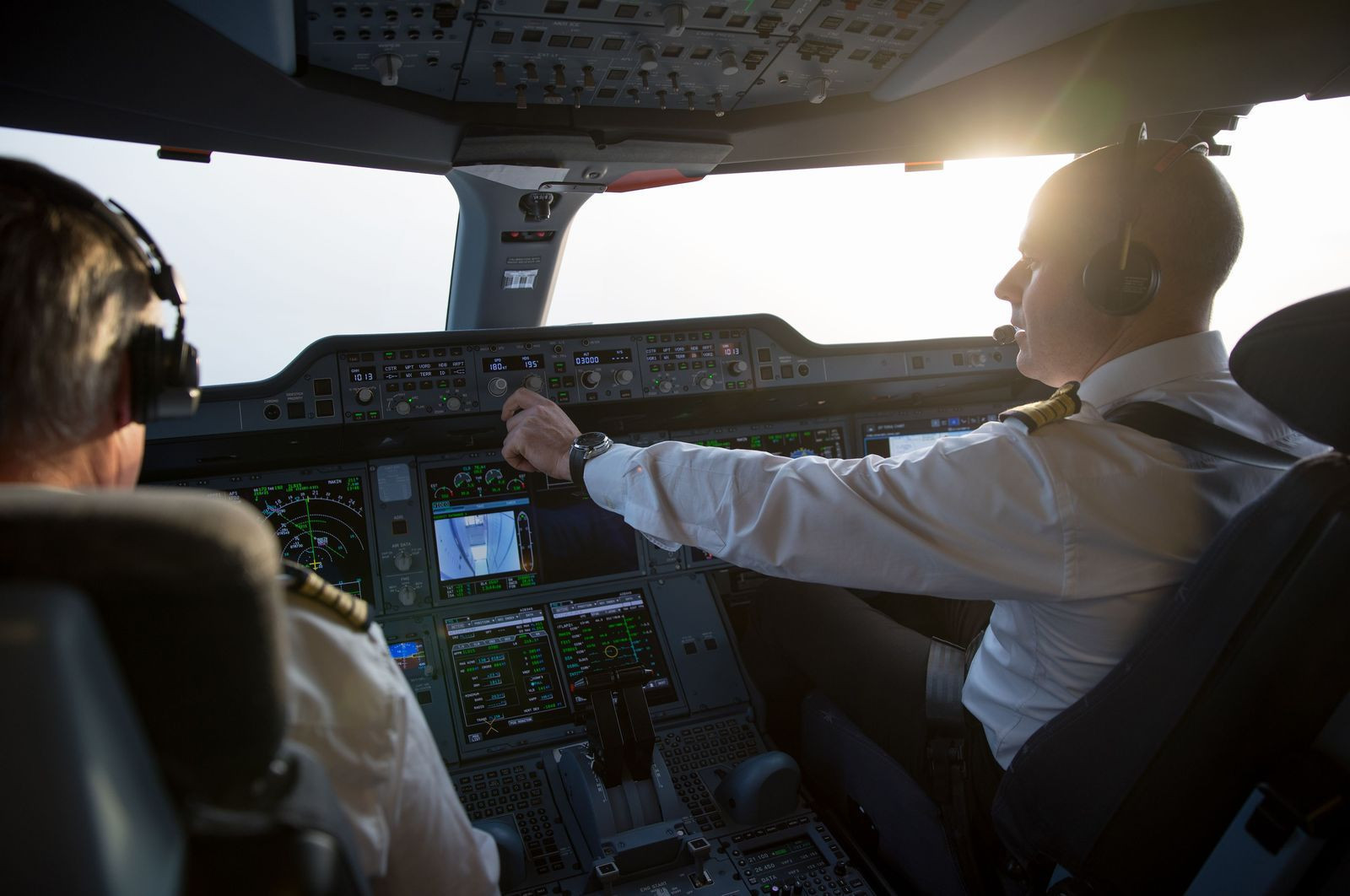
you said "B737-300 to B737-700 - that's steam gauges to glass!" Yeah, sort of. But in the case of the A-320 NEO, keeping commonality with the existing A-320 fleet so that pilots aren't restricted to one or the other is a big deal.

In the case of the A-350, it IS a whole new aircraft, and nobody would be qualified in it at the same time as the A-330 or A-320, so there's no great need for backward compatibility. That adds up to a lot of overhead, training costs, and scheduling inefficiencies. So when you substitute an aircraft, you have to change out the crew as well. If the cockpits are wildly different, then the new jet is essentially a different type rating, and the pilots will have to be qualified ( Edit: "qualified" in the airline sense - current & qualified, not just type-rated) in one or the other, but not both at the same time. Need to substitute a NEO for a standard 320? No big deal, the same crew can fly either one. If you keep the cockpit basically the same and just add what new switches are needed for the new engines, then most if not all operators can qualify their pilots in both models, and integrate the new arrivals into the fleet with minimal disruption. To add to Gerry's answer (and this will be slightly too long for a comment), there is a huge disadvantage to drastically changing the cockpit when going from an A320 to the A320 NEO or from a B737-300 to the B737-700, or 737 NG to 737 Max, and that has to do with the existing fleets. And you probably won't make enough margin to recoup the new flight deck costs.


If the competition can offer a 7 to 9% reduction in fuel burn for approximately current prices, spending an extra 2 or 3 years to match that with a new flight deck means a lot of lost sales in the interim. Prices for the A320neo and B737MAX are not significantly higher than the current/older versions. They also have to deal with the fact that airlines don't want to see a big price increase. Since the avionics architecture is quite different between the A320/A330 and the A350, moving to it would add huge costs and a couple years delay in entry into service. They're trying to sell airplanes and they have to compete with Boeing. The FAA (or other regulatory agency) mandates that they have it.Īside from that, you should consider Airbus' side.In my experience in 20 years dealing with this market, airlines only spend money for two reasons: And if it drives a need for new type ratings, that would mean more training costs and making sure you have the crews with the right rating at the right time.
#A350 airbus cockpit software#
With a new flight deck you'll have a huge increase in maintenance and spares costs due to the need for stocking more parts with new part numbers (just adding a part number to a logistics system costs significant money.) You'll also need new crew training simulators due to the different displays and controls, whereas the neo option can be handled with software upgrades. In fact, all it's likely to do is add costs. There's no cost benefit to a new flight deck, especially when (as others noted) you have a huge investment in an existing fleet. Putting in a new flight deck is a huge expense for the manufacturers which would drive costs up and the airlines won't pay extra for something that doesn't save them money.

The airlines made it clear that any new aircraft purchases would be based on operational savings and that's primarily driven by fuel burn and the resulting costs. That's why the Airbus is the 'neo' new engine option. In this case both Boeing and Airbus came to the same decision - the airlines were being driven by one single factor to replace their A320 or B737 fleets, they just wanted to reduce fuel expenses. There is always a lot of discussions between the airlines and manufacturer's before Airbus or Boeing commits to building a new aircraft. The short answer is that it's what the market wanted.


 0 kommentar(er)
0 kommentar(er)
